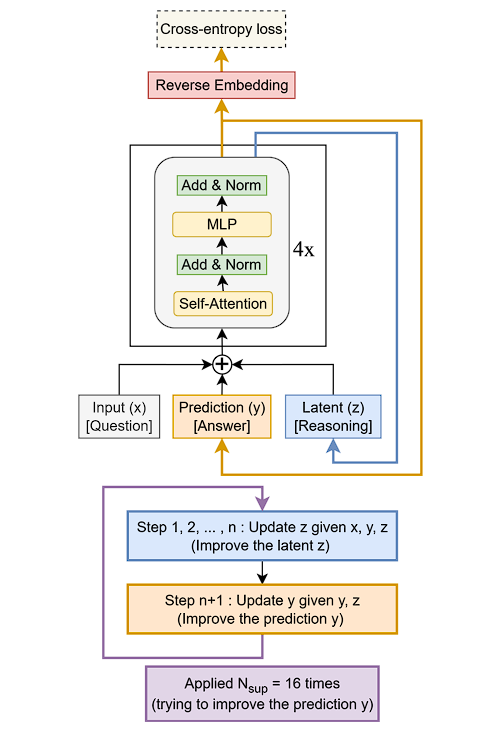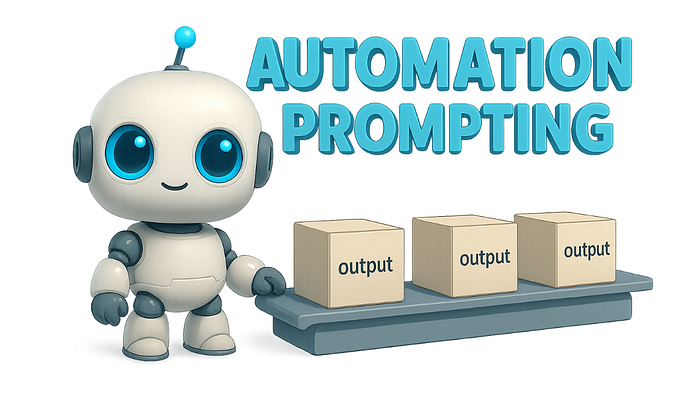Introduction to Recursive Reasoning
Modern AI often focuses on scale, with deeper layers, more attention heads, and billions of parameters. However, a quieter revolution is underway: recursive reasoning, where a model improves its thoughts not by growing larger, but by thinking again.
What is Recursive Reasoning?
Recursive reasoning is the idea that a model can improve its own thoughts through a process of repeated thinking. This approach is different from the traditional method of increasing the size and complexity of AI models. Recursive reasoning allows models to think more deeply and make better decisions, without the need for excessive computational power.
Hierarchical Reasoning Models (HRM) and Tiny Recursion Models (TRM)
Two innovative AI architectures, Hierarchical Reasoning Models (HRM) and Tiny Recursion Models (TRM), are addressing the challenges of scale in AI reasoning. HRM simulates depth through its two-network structure, while TRM combines the strengths of recursion and a simplified design. This enables TRM to perform complex tasks with fewer parameters and greater efficiency.
Key Components of Recursive Reasoning
Adaptive computation and deep supervision are essential components of recursive reasoning. Adaptive computation allows models to allocate computational resources more efficiently, while deep supervision enables models to learn from their own thoughts and improve their decision-making processes.
The Importance of Recursion in AI
Recursion is a powerful tool for enhancing AI’s cognitive capabilities. By allowing models to think more deeply and make better decisions, recursion can lead to significant improvements in AI performance. This approach can also reduce the need for excessive computational power, making AI more efficient and sustainable.
Conclusion
Recursive reasoning is a promising approach to improving AI performance. By allowing models to think more deeply and make better decisions, recursion can lead to significant improvements in AI capabilities. As researchers continue to explore the potential of recursive reasoning, we can expect to see major advancements in the field of AI.
FAQs
What is recursive reasoning in AI?
Recursive reasoning is the process of a model improving its thoughts through repeated thinking, without the need for excessive computational power.
What are Hierarchical Reasoning Models (HRM) and Tiny Recursion Models (TRM)?
HRM and TRM are two innovative AI architectures that address the challenges of scale in AI reasoning. HRM simulates depth through its two-network structure, while TRM combines the strengths of recursion and a simplified design.
What are the key components of recursive reasoning?
Adaptive computation and deep supervision are essential components of recursive reasoning, enabling models to allocate computational resources more efficiently and learn from their own thoughts.
Why is recursion important in AI?
Recursion is a powerful tool for enhancing AI’s cognitive capabilities, allowing models to think more deeply and make better decisions, and reducing the need for excessive computational power.











